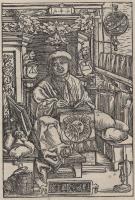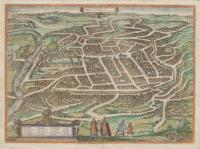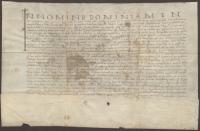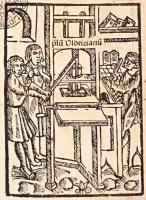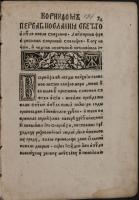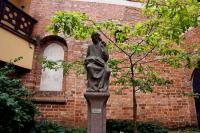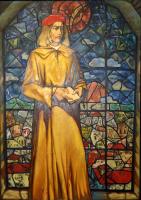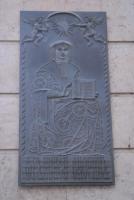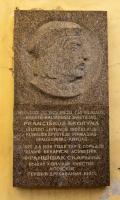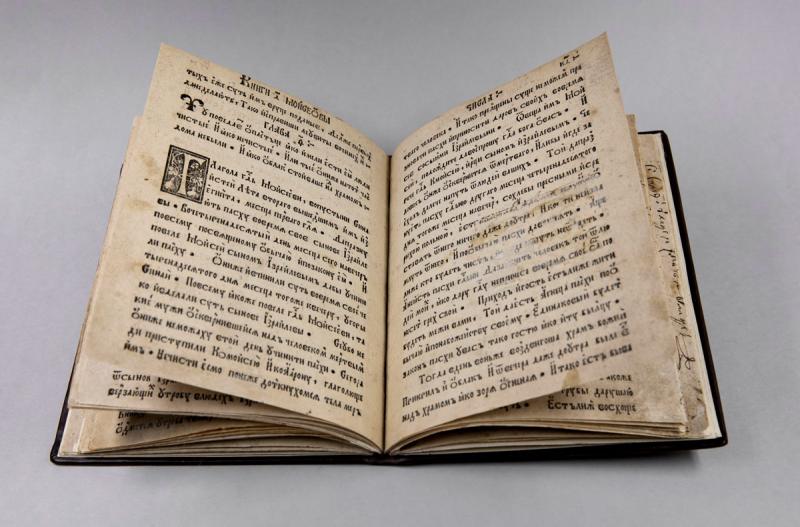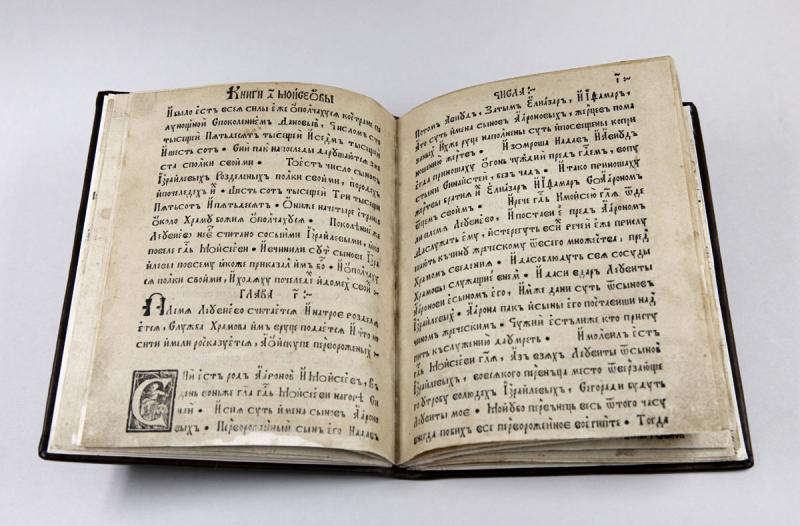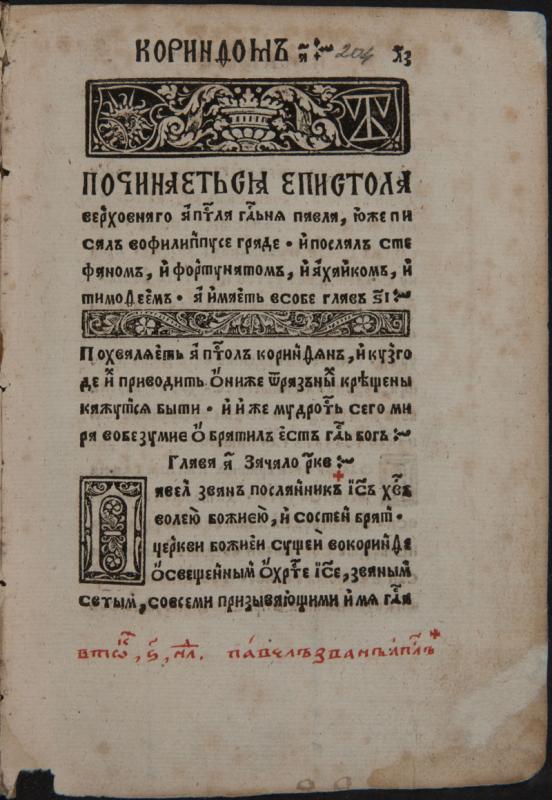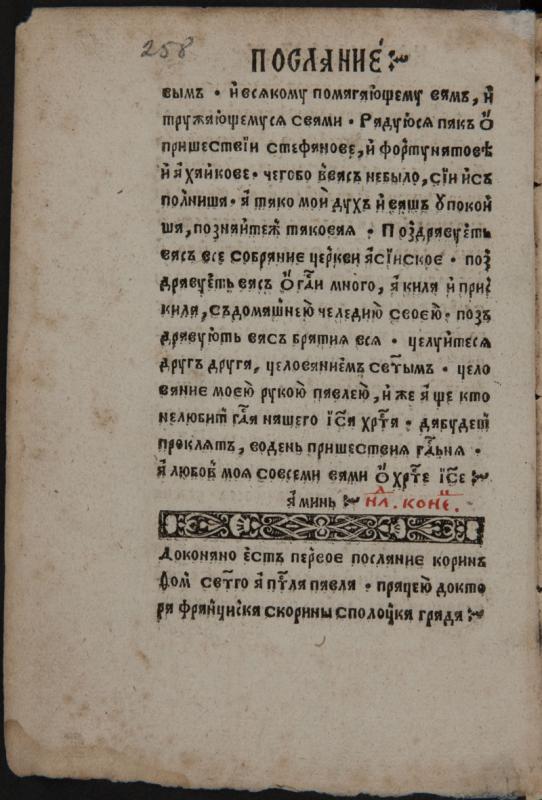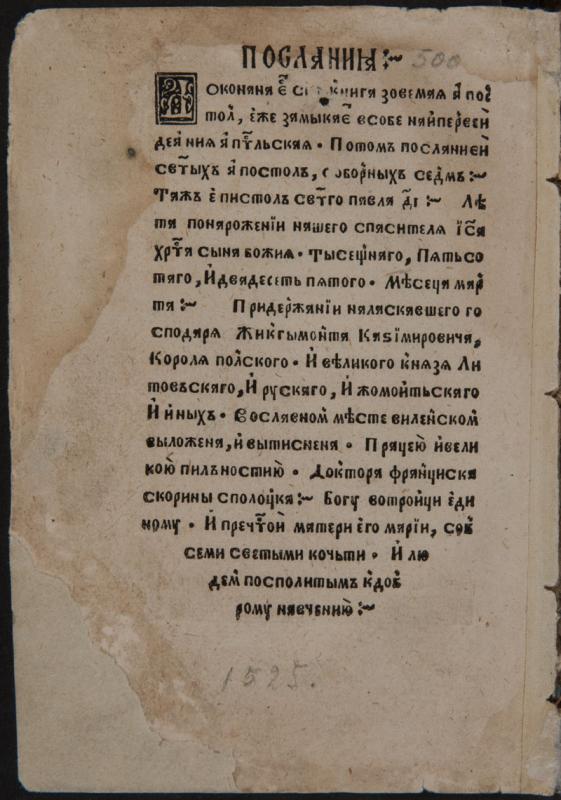The “Acts and Epistles of the Apostles”, 1525
The “Acts and Epistles of the Apostles” is the second and last book published by Skaryna in Vilnius. It presents the traditional liturgical text in Church Slavonic, as well as prefaces written by Skaryna to simplify understanding this part of the Holy Scripture. Both the date and place of publication are stated in the book: March 1525 in the glorious city of Vilnius (лѣта 1525 мѣсеца марта во славном мѣсте Виленском). With this book, Skaryna continued his Bible project started in Prague in 1517–1520. However, this book lacks some of the solemn decorativeness, tasteful artistry and the focus on illustrating the text (previously consistently present in Skaryna’s books) – all of which was characteristic for his Prague period. The artistic barrenness of the publication, compared to the Ruthenian Bible, probably was caused by a lack of talented local wood engravers as well as by the fact that the woodcuts produced in Prague (except for some small decorative details) had not, for some reason, reached Vilnius.
The text of the “Acts and Epistles of the Apostles”, somewhat corrected in accordance with the fourth, print, version of the Czech Bible, is printed in black ink, with rubrication (the title on the title page, the beginning and the end of the liturgical sections in the text and the names of their corresponding days of the week in the margins, and references to the reading order for some sections) printed in red. Here Skaryna used two-color printing more often than in the Ruthenian Bible and the “Little Traveller’s Book”.
According to the prominent Slavist Sergejus Temčinas, both Vilnius publications were intended for the education of the society and instruction of the common people in the truths of the faith. Indeed, their most important part consists of the Psalms, the Hours, Acts and Epistles of the Apostles – the books traditionally used by Orthodoxes for development of basic writing skills; the formation of literacy began from reading them. No less important is that these books were used for spiritual – religious and ethical – education.
LMAVB RSS R-16/1
VUB RK 298
VUB RK 298
VUB RK 298
VUB RK 298

